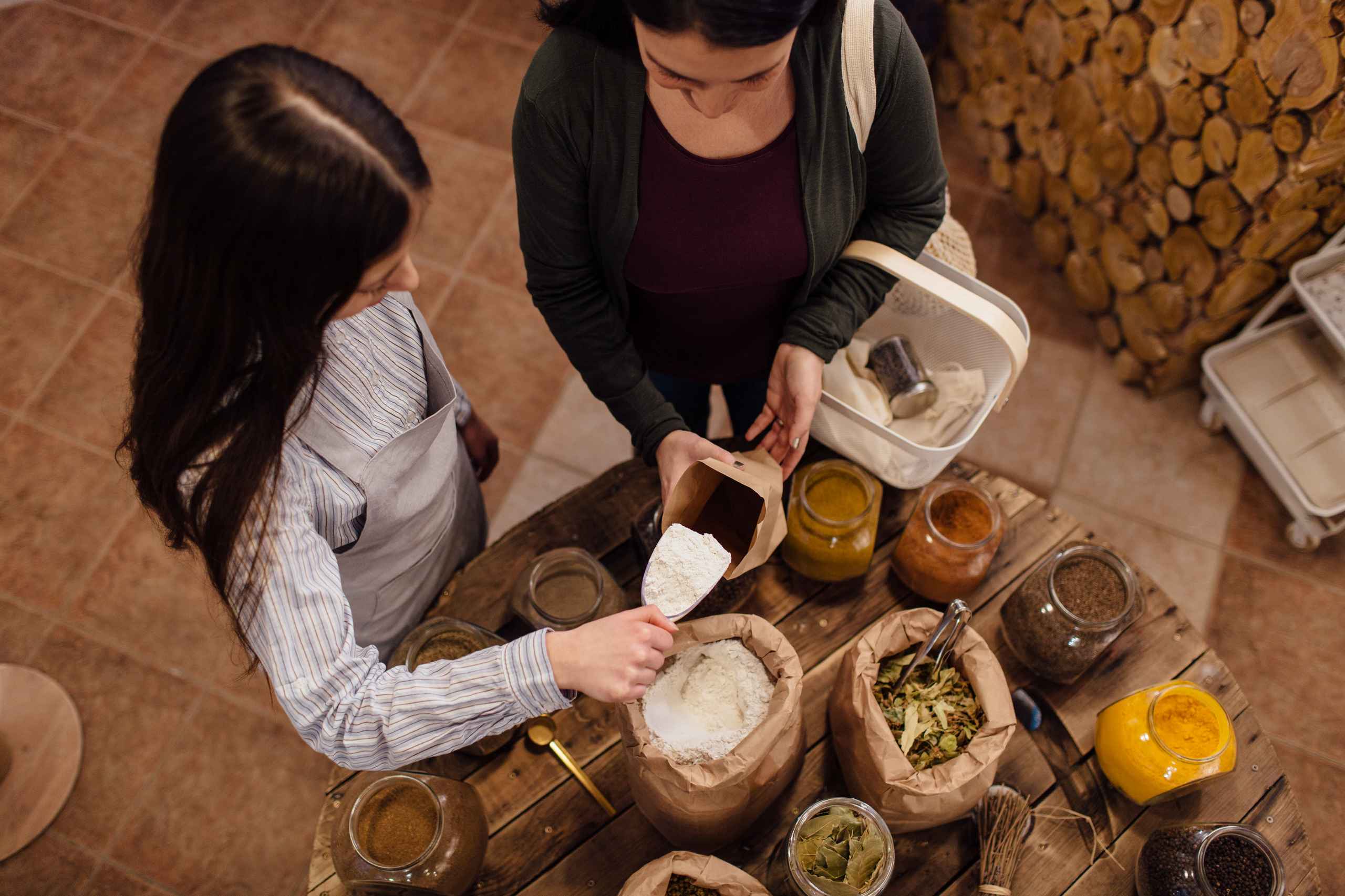Call us now:

Natural dyeing is an enchanting craft that invites you to explore the vibrant colors hidden in plants, minerals, and even everyday kitchen scraps. For beginners, the process may seem complex, but with the right guidance and a little patience, anyone can create beautiful, unique textiles.
In this article, we’ll dive into the foundational techniques every beginner should know, helping you build confidence and enjoy every step of your natural dyeing journey.
Choosing the Right Materials
Starting with the right materials sets you up for success:
- Fabrics: Natural fibers like cotton, linen, wool, silk, and hemp are the best companions for natural dyes. Synthetic fibers usually don’t absorb natural dyes well.
- Dye Sources: Common beginner-friendly dye materials include onion skins, turmeric, black walnut hulls, madder root, and chamomile. Many of these can be found in your kitchen or garden.
- Mordants: Mordants are essential to fix the dye and enhance color brightness and durability. Alum is a gentle and popular choice for beginners, while iron and tannins can be experimented with later.
Preparing Your Fabric
Before dyeing, preparing the fabric is crucial:
- Wash your fabric thoroughly to remove any finishes or dirt that may resist dye absorption.
- Pre-soak your fabric in a mordant solution according to the mordant’s instructions. This step helps the fibers bond with the dye molecules and can significantly impact the color outcome.
Creating Your Dye Bath
Extracting vibrant colors from natural materials takes care and patience:
- Chop or crush your plant material to increase the surface area for dye release.
- Simmer the material gently in water (not boiling aggressively) for 30 minutes to an hour. The longer you simmer, the more intense the color usually becomes.
- Strain out the plant matter, reserving the dye bath for fabric immersion.
Dyeing Your Fabric
With your fabric prepped and your dye bath ready, it’s time to dye:
- Submerge the fabric fully in the dye bath, stirring occasionally to ensure even coloring.
- The dyeing time can vary from 30 minutes to several hours depending on the desired shade. Patience often yields richer results.
- Remove the fabric and rinse gently in cool water until it runs clear.
Experiment with Resist Techniques
Beyond simple immersion, resist techniques add artistic flair to your dyed textiles:
- Tie-dye: Bind sections of fabric with strings or rubber bands to create patterns.
- Shibori: Use folding, stitching, or clamping to resist dye in specific areas.
- Eco-printing: Press leaves and flowers onto fabric before steaming or boiling, capturing delicate natural imprints.
Caring for Your Naturally Dyed Fabrics
To preserve your beautiful creations:
- Wash gently by hand in cold water with mild soap.
- Avoid harsh detergents and excessive sunlight to maintain color vibrancy.
- Store fabrics away from direct light to prevent fading.
Natural dyeing offers a blend of science, art, and mindfulness that rewards those willing to experiment and observe. Remember, every fabric you dye tells a story of connection with the earth and your hands.
At Natural Dye Studio, we’re here to guide you through every step — helping you unlock the magic of nature’s palette.
